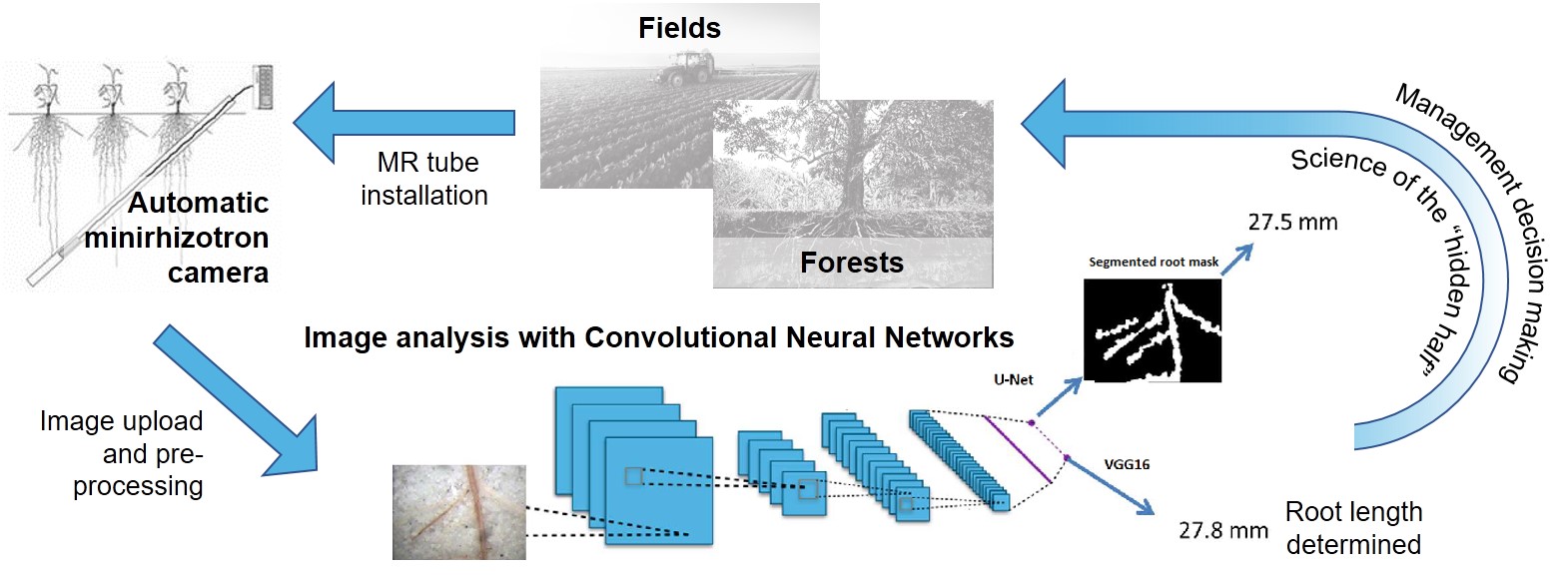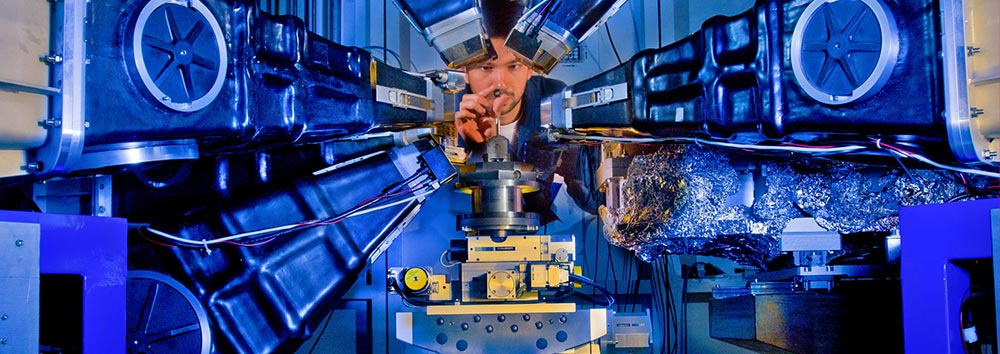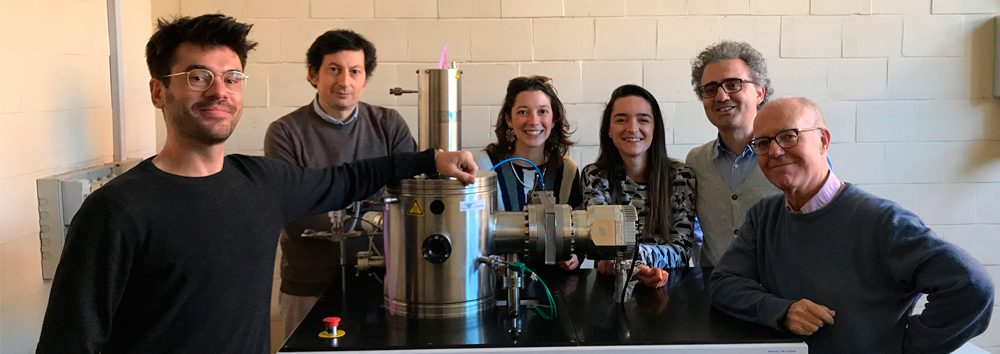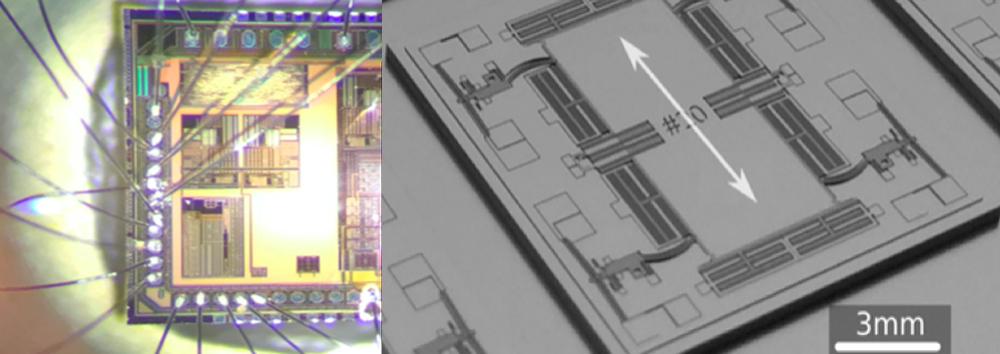What has the ATTRACT seed funding enabled you to do so far?
- NextMR-IAA designed and build two prototypes of Minirhizotron camera system for permanent operation in situ. A low-cost prototype is aiming to be used by farmers for decision making (e.g., irrigation management). The second, research-grade MR system is enhancing the ability of the scientific community to determining root traits × soil interactions, especially enhancing root turnover measurements for better soil C sequestration estimations.
- NextMR-IAA developed two complementary, convolutional neural network-based pipelines for automatic root length estimation on rhizosphere images
- The project identified multiple suitable waveband (combinations) in the VIS and NIR spectra for root detection, classification and for estimation of soil water contents in selected species × soil type case studies
What challenges have you faced so far?
- Due to space restrictions in MR tubes, more iterations than anticipated were required to develop functional automatic MR prototypes
- NextMR-IAA learned that the development of a universal image processing / CNN pipeline will require the availability of annotated rhizosphere images at a much larger scale, especially including more soil “backgrounds” rich in organic matter, gradients and larger soil moisture changes
- Restricted time span made prototype testing in agricultural and forestry settings challenging and prevented testing under a wide range of environmental conditions
Where does your ATTRACT journey go from here?
The NextMR-IAA consortium aims to take the collaboration to the next level, realising technology readiness levels 8 or 9 for the established hard- and software solutions. In specific, the consortium aims to facilitate its R&D&I collaboration by including experts from the fields of optics and manufacturers of miniature hyperspectral cameras. In specific, we aim to:
- Extent the sensor capabilities by varying light sources and using interferometry techniques
- Validate the proposed CNN models (for root density determination) with a larger data set—comprising of various plant species, soil types and minirhizotron imaging systems (incl. developing a filter mechanism for “low quality” MR images)
- Expand the number of root traits that could be estimated using CNN, especially focusing on different root entities and root chemical / physiological properties
- Identify other soil properties which could be measured with MR systems, in specific soil C content; explore combinations of MR system with other (image-based/continuous) sensors such as optodes, thermistors and FDR
- Sum up in two sentences the advantages of the ATTRACT Programme over other research funding schemes.
The unique ATTRACT program allowed kick-starting a highly cross-sectoral R&D&I program hardly fundable under traditional nation and European funding schemes. The limited administrative requirements made the program especially attractive to the involved start-up company Vienna Scientific and allows it to facilitate it research capacities and fully benefit from exchange with academia.
For more information
Visit the NextMR-IAA project site.
©NextMR-IAA What has the ATTRACT seed funding enabled you to do so far? What challenges have you faced so far? Where does your ATTRACT journey go from here? The NextMR-IAA consortium aims to take the collaboration to the next level, realising technology readiness levels 8 or 9 for the established hard- and software solutions. In […]



